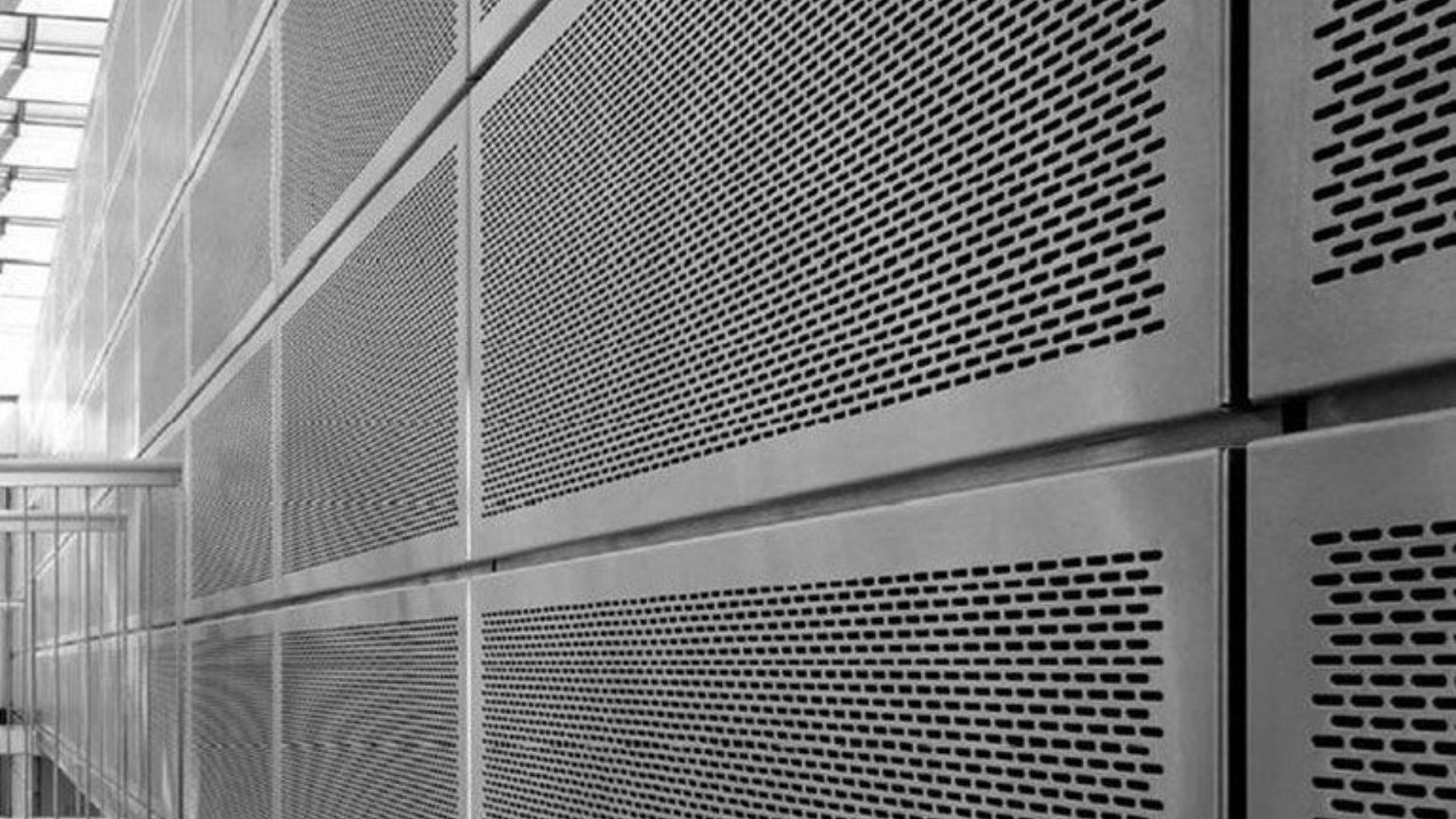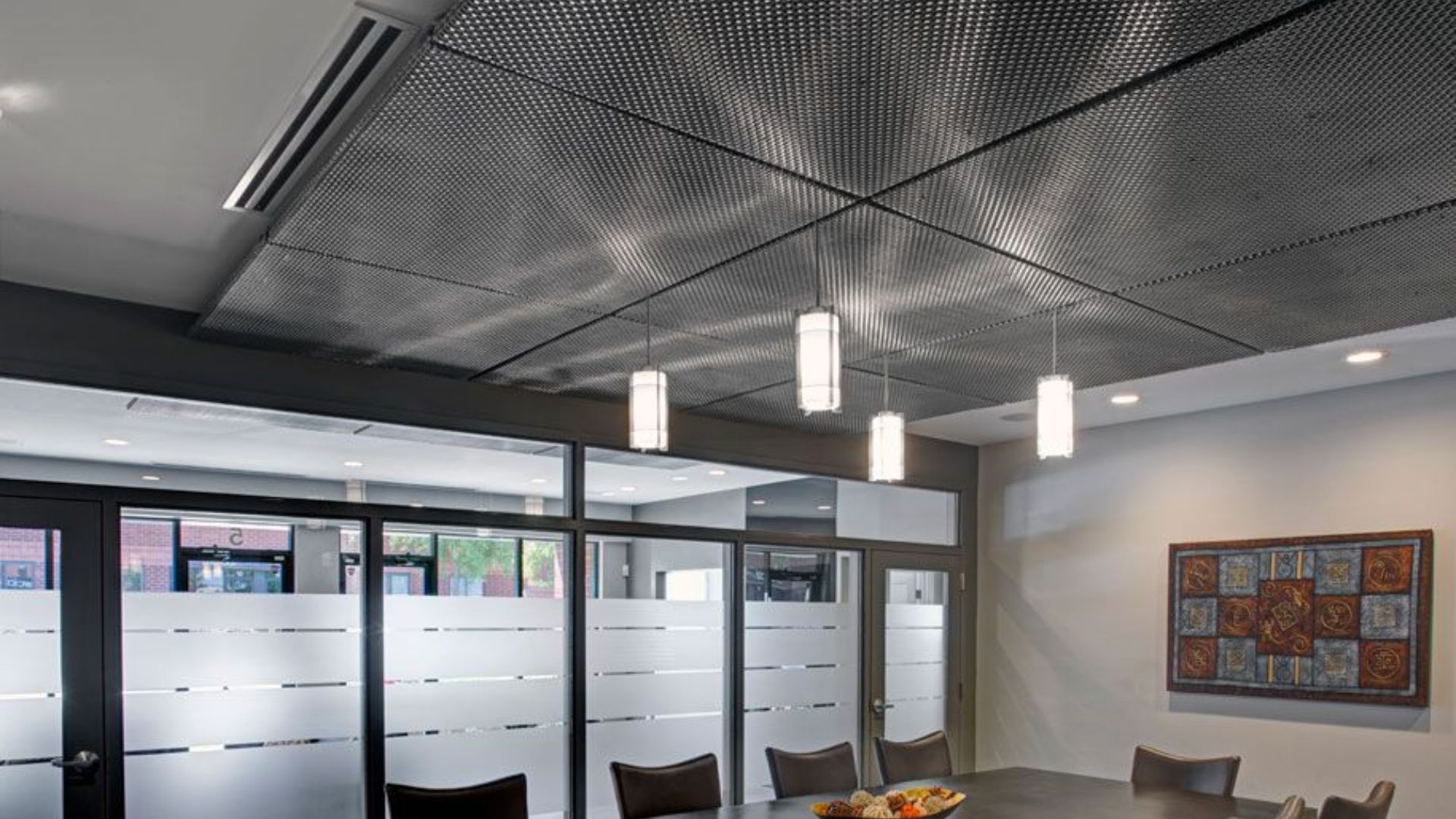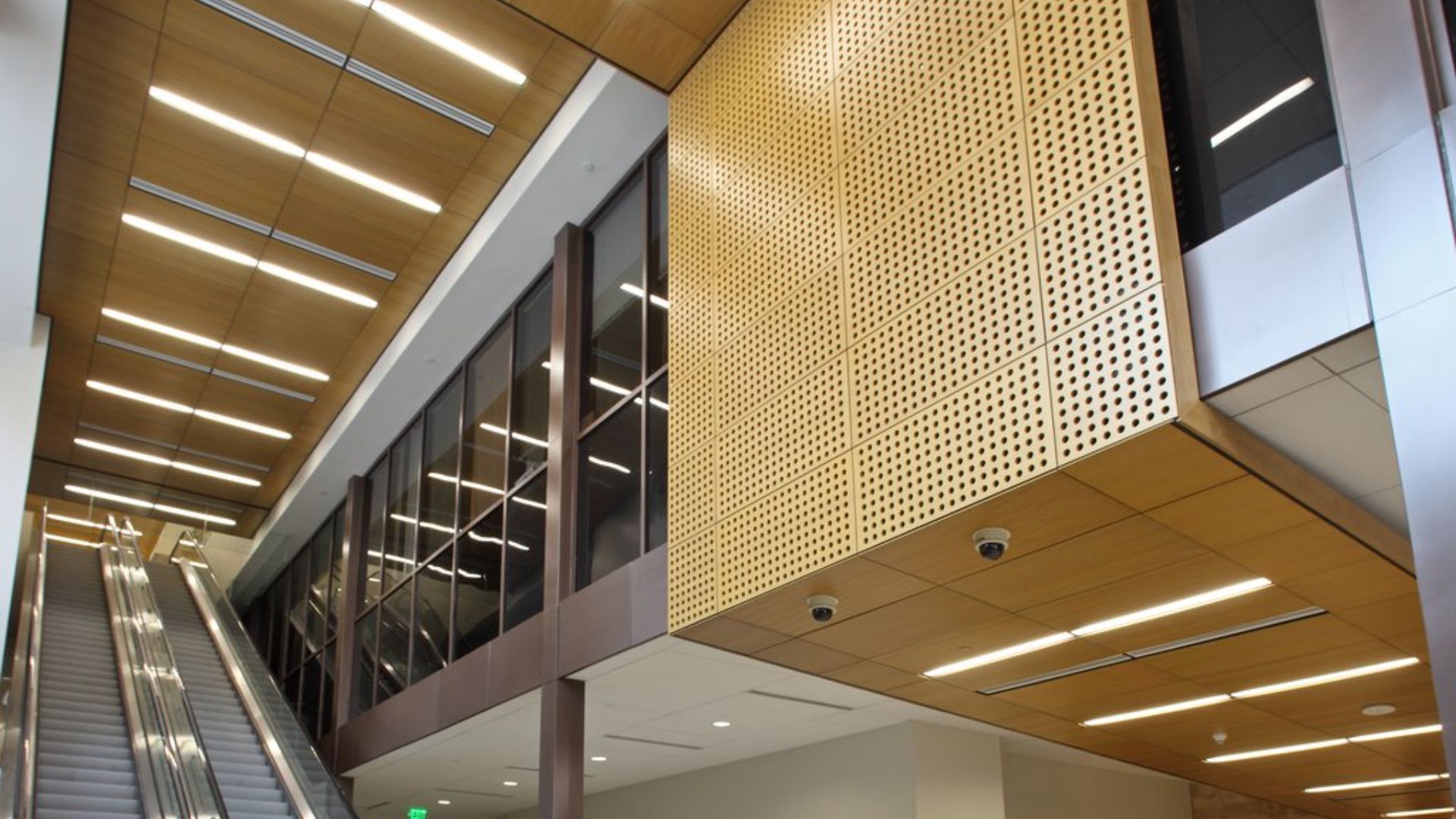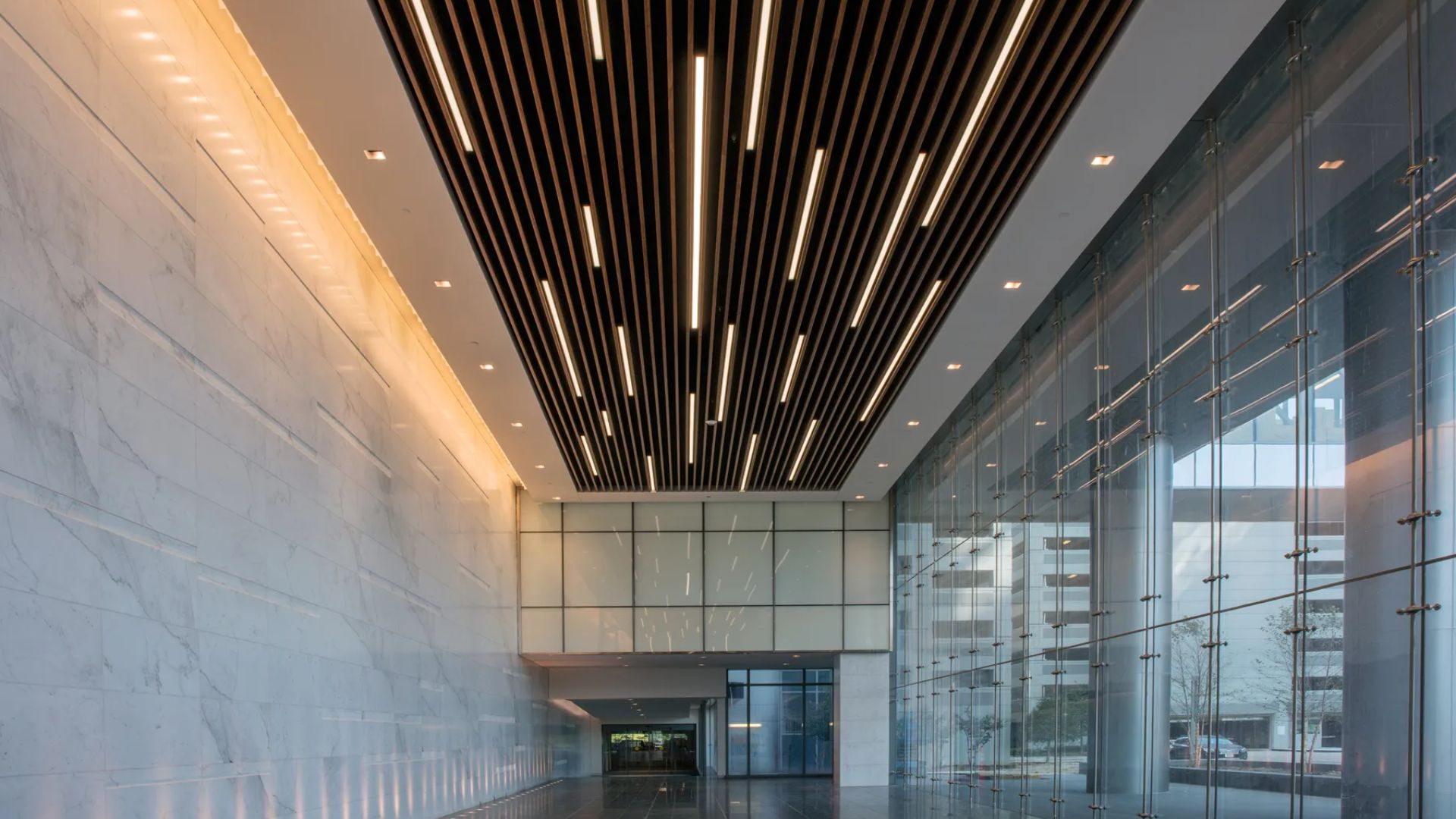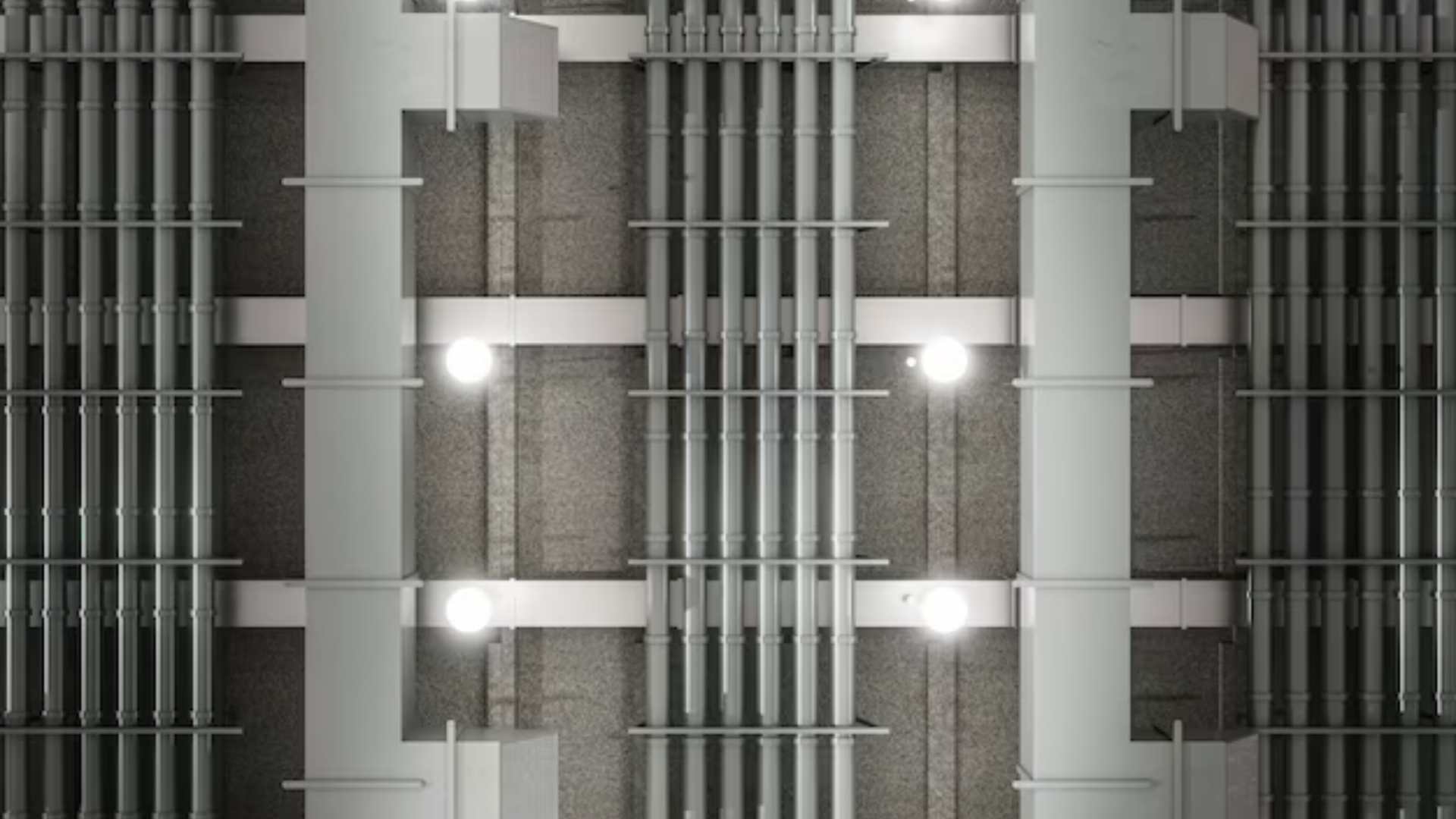In the field of architectural design, maintaining a balance between practicality and visual appeal is frequently very challenging. This quest for harmony becomes particularly intricate when addressing acoustic environments within buildings. However, the advent of Metal Acoustic Panels has revolutionized this aspect of design, offering a seamless blend of form and function. These panels not only enhance the acoustic quality of spaces but also contribute to the overall architectural excellence, creating environments that are both visually striking and acoustically optimized.
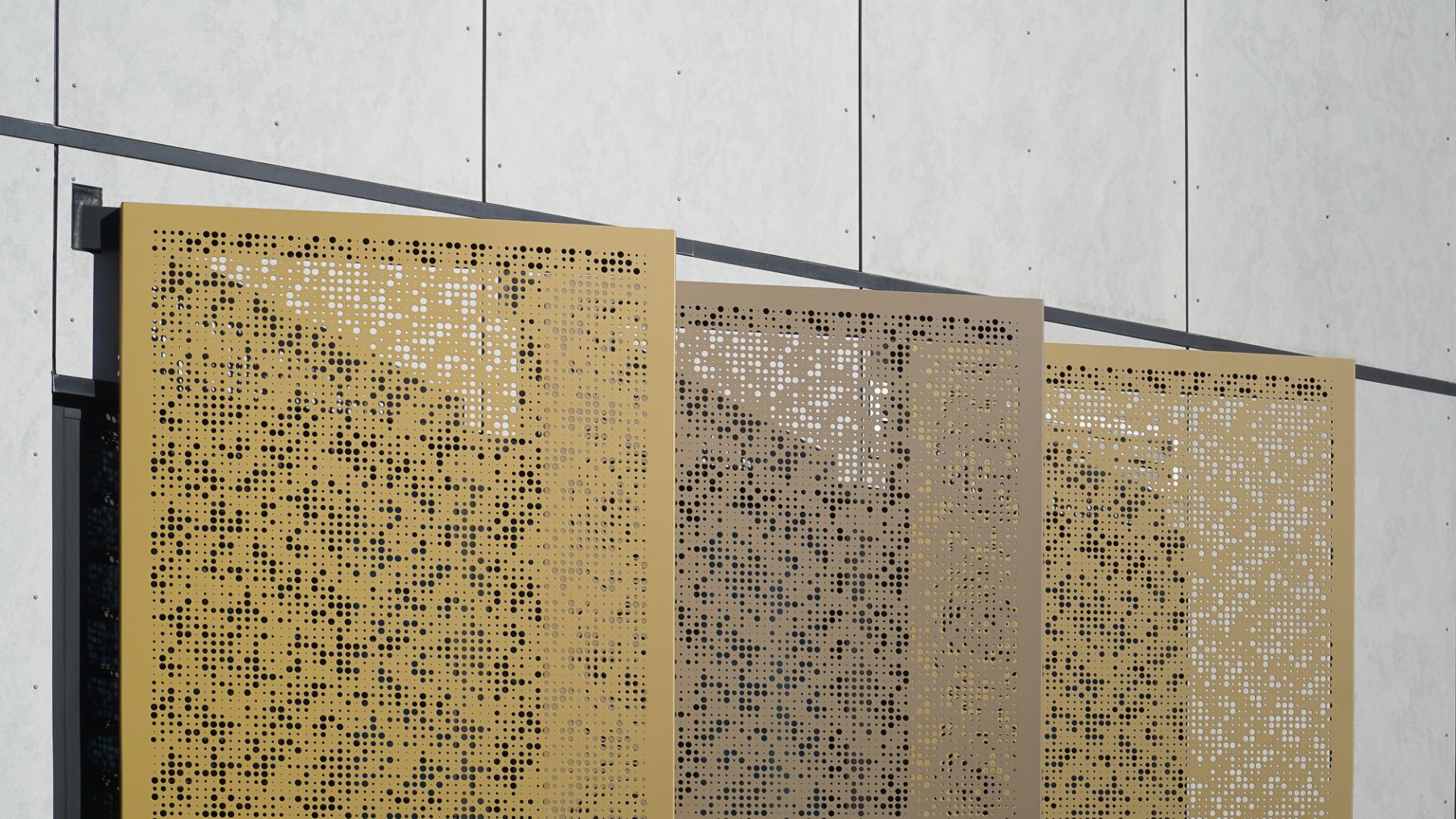
Introduction: The Intersection of Design and Acoustics
Modern architecture continually evolves, incorporating advanced materials and innovative solutions to meet the complex demands of contemporary spaces. One critical aspect of these spaces is acoustics, which plays a vital role in the functionality and comfort of an environment. Poor acoustics can lead to a host of issues, including reduced productivity in offices, impaired communication in auditoriums, and an overall decline in user experience.
Acoustic metal panels have emerged as a versatile solution, addressing these challenges with elegance and efficiency. The purpose of these panels is to improve sound clarity by reducing reverberation and echo by dispersing and absorbing sound waves. Their integration into various architectural settings marks a significant step towards achieving perfect harmony between aesthetic and acoustic excellence.
The Aesthetic Appeal of Acoustic Metal Panels
Innovation and the use of materials that are creatively inventive are essential to architectural design. Acoustic metal panels are a testament to this innovation, offering designers a wide array of aesthetic possibilities. Available in various finishes, textures, and perforation patterns, these panels can be customized to align with the specific design ethos of a project.
The sleek, modern look of metal panels adds a sophisticated touch to any space. Whether it’s a corporate office, a cultural institution, or a residential building, these panels can be tailored to enhance the visual appeal while serving their primary acoustic function. The reflective quality of metal surfaces also allows for the incorporation of lighting elements, further amplifying the design potential.
Acoustic Performance: The Core Functionality
The primary function of Acoustic metal panels is to improve the acoustic environment of a space. By absorbing sound waves, these panels lower noise levels and manage reverberation. The result is a clearer, more intelligible sound, which is crucial in environments such as lecture halls, theaters, and open-plan offices.
Acoustic metal panels achieve their sound-absorbing properties through various means, including perforations and the integration of sound-absorbing materials within the panels. The size, shape, and pattern of perforations can be optimized to target specific frequencies, providing tailored acoustic solutions for different types of spaces.
Sustainability and Durability
In addition to their aesthetic and acoustic benefits, Acoustic metal panels are also noted for their sustainability and durability. Metal is a highly durable material, resistant to wear and tear, which ensures that the panels maintain their performance and appearance over time. This longevity makes them a cost-effective solution in the long run.
Moreover, metal is recyclable, aligning with the growing emphasis on sustainable building practices. The use of recyclable materials in construction contributes to reducing the environmental impact, making Acoustic metal panels an environmentally responsible choice.
Versatility in Application
One of the standout features of Acoustic metal panels is their versatility. They can be installed in various configurations, including ceilings, walls, and partitions, making them suitable for a wide range of applications. This flexibility allows designers to address acoustic challenges in different types of spaces without compromising on design integrity.
For instance, in large open areas such as atriums and lobbies, Acoustic metal panels can be strategically placed to manage sound levels and enhance the acoustic comfort. In smaller, more intimate settings like conference rooms or recording studios, these panels can be customized to provide precise acoustic control.
Conclusion: Embracing the Future of Architectural Acoustics
The integration of acoustic metal panels into architectural design represents a significant advancement in creating harmonious, functional, and visually appealing spaces. These panels offer an elegant solution to acoustic challenges, combining cutting-edge technology with modern design sensibilities.
As the demand for acoustically optimized environments continues to grow, the role of acoustic metal panels in architectural excellence becomes increasingly prominent. Their ability to seamlessly blend aesthetics with functionality ensures that they will remain a cornerstone of innovative design, paving the way for spaces that are as acoustically sound as they are visually stunning.
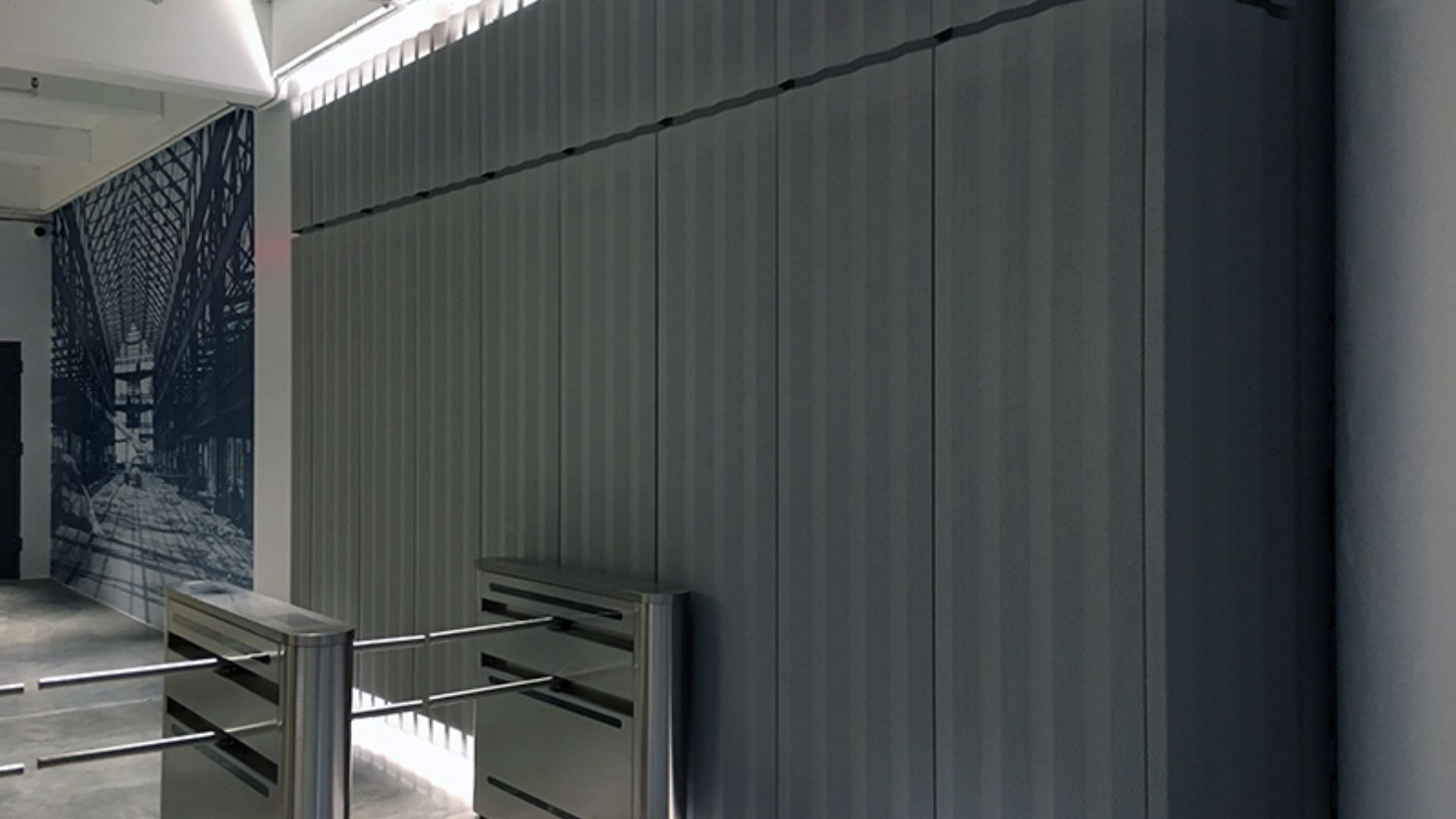
In the pursuit of architectural perfection, acoustic metal panels embody the perfect harmony of beauty and performance, setting a new standard for excellence in the built environment.

